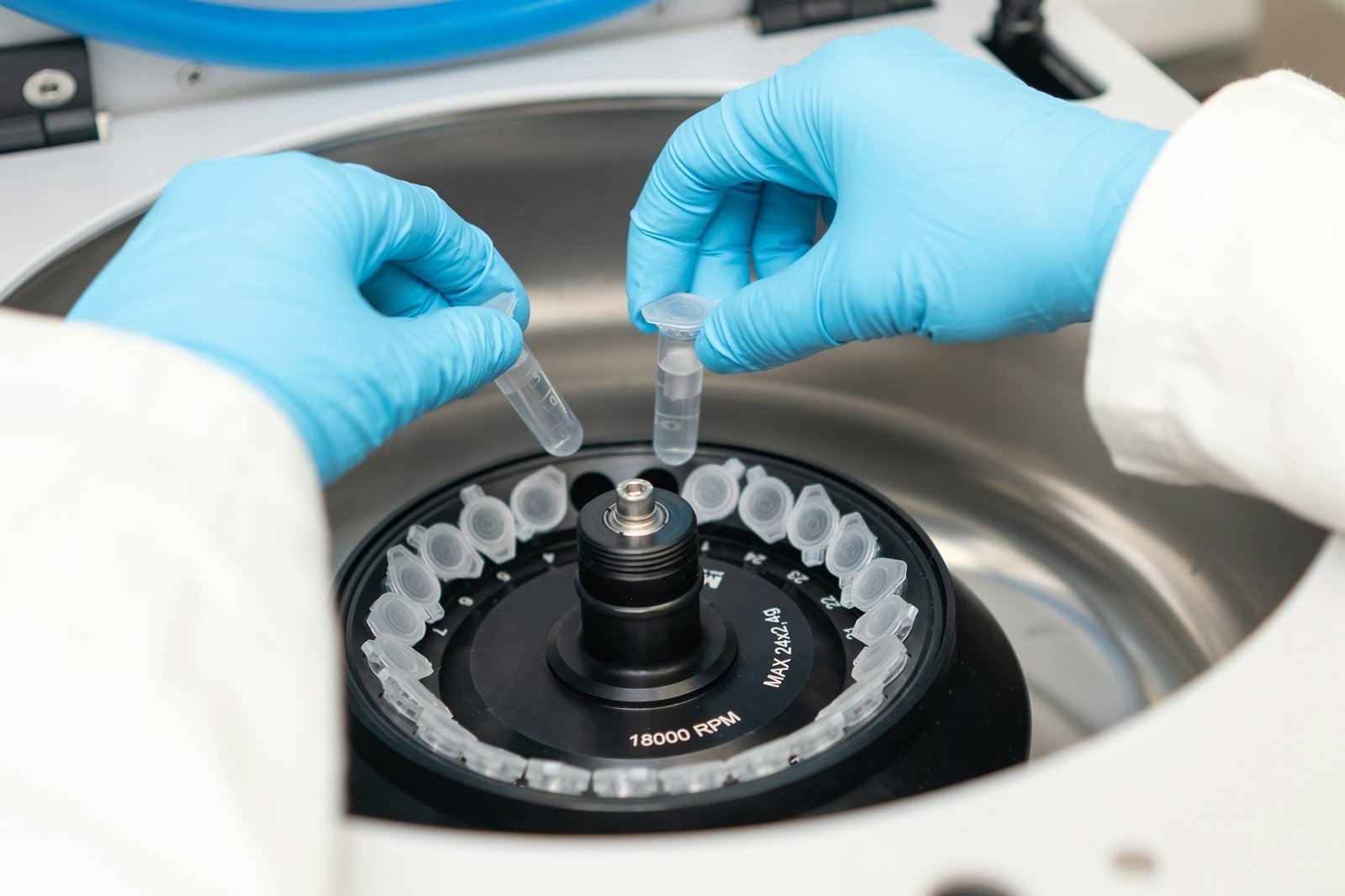Market Disruption: Electronic Chemicals Sector Undergoes Transformation
The landscape of the electronic chemicals sector is undergoing a profound transformation, driven by technological advancements, environmental concerns, and changing consumer preferences. In this article, we delve into the factors contributing to this disruption and explore the implications for stakeholders across the industry.
Technological Advancements Driving Innovation
Advancements in semiconductor technology, particularly in areas such as nanotechnology and microelectronics, are reshaping the demand for electronic chemicals. With the miniaturization of electronic components and the increasing complexity of semiconductor devices, there is a growing need for high-performance chemicals that can meet stringent manufacturing requirements.
Nanotechnology, in particular, is opening up new possibilities in areas such as quantum computing, wearable electronics, and flexible displays. These emerging technologies require specialized chemicals for processes such as deposition, etching, and surface modification.
Environmental Concerns Sparking Sustainability Initiatives
The electronic chemicals industry is also facing pressure to address environmental concerns associated with its manufacturing processes. Traditional chemicals used in semiconductor fabrication, such as solvents and acids, can have adverse environmental and health effects if not handled properly.
As a result, there is a growing emphasis on developing environmentally friendly alternatives and adopting cleaner production methods. Companies are investing in research and development to create green chemicals that are safer to use and produce fewer harmful by-products.
Changing Consumer Preferences Shaping Product Innovation
Consumer preferences are driving innovation in the electronic chemicals sector, particularly in areas such as consumer electronics and electric vehicles. As consumers become more conscious of the environmental impact of their purchases, there is a growing demand for eco-friendly products and sustainable manufacturing practices.
Manufacturers are responding by incorporating recycled materials into their products and optimizing their supply chains to minimize carbon emissions. This shift towards sustainability is not only driven by consumer demand but also by regulatory requirements and corporate sustainability initiatives.
Implications for Industry Stakeholders
The transformation of the electronic chemicals sector has significant implications for industry stakeholders, including chemical manufacturers, semiconductor companies, and end-users.
Chemical manufacturers need to adapt their product portfolios to meet the evolving needs of semiconductor manufacturers and other downstream industries. This may require investing in new manufacturing processes, acquiring innovative technologies, and forging strategic partnerships with key players in the ecosystem.
Semiconductor companies must ensure a secure and reliable supply of electronic chemicals to support their manufacturing operations. This may involve diversifying their supplier base, implementing rigorous quality control measures, and exploring alternative sourcing options.
End-users, meanwhile, stand to benefit from the development of more sustainable and environmentally friendly electronic products. As awareness of the environmental impact of electronic devices grows, consumers are likely to gravitate towards brands that prioritize sustainability in their manufacturing processes.
FAQs
1. What are electronic chemicals?
Electronic chemicals, also known as specialty chemicals or process chemicals, are substances used in the manufacturing of electronic components such as semiconductors, printed circuit boards, and displays. These chemicals are critical for various processes such as cleaning, etching, deposition, and surface modification.
2. What are the key drivers of market disruption in the electronic chemicals sector?
Technological advancements, environmental concerns, and changing consumer preferences are the key drivers of market disruption in the electronic chemicals sector. Advancements in semiconductor technology, increasing emphasis on sustainability, and shifting consumer preferences towards eco-friendly products are reshaping the demand for electronic chemicals.
3. How are companies in the electronic chemicals sector addressing environmental concerns?
Companies in the electronic chemicals sector are addressing environmental concerns by developing environmentally friendly alternatives and adopting cleaner production methods. This includes investing in research and development to create green chemicals, optimizing manufacturing processes to minimize waste and emissions, and implementing recycling programs to reduce the environmental footprint of their operations.
4. What are some emerging technologies driving demand for electronic chemicals?
Emerging technologies such as nanotechnology, quantum computing, wearable electronics, and flexible displays are driving demand for electronic chemicals. These technologies require specialized chemicals for processes such as deposition, etching, and surface modification, creating new opportunities for innovation in the electronic chemicals sector.
5. How can stakeholders in the electronic chemicals industry adapt to market disruption?
Stakeholders in the electronic chemicals industry can adapt to market disruption by diversifying their product portfolios, investing in research and development, forging strategic partnerships, and embracing sustainable practices. By staying ahead of technological trends, addressing environmental concerns, and meeting changing consumer preferences, industry stakeholders can position themselves for success in the evolving electronic chemicals market.






